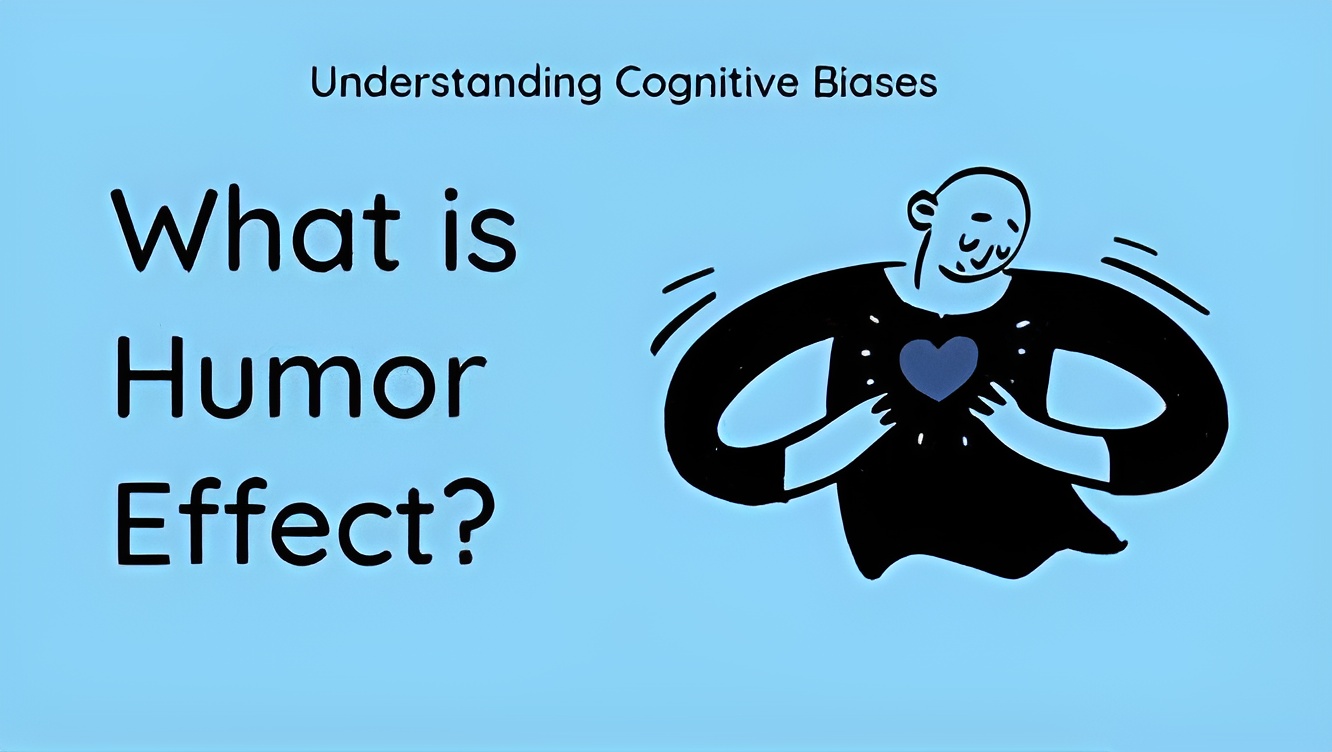Humor is a universal and powerful human phenomenon. It has the remarkable ability to break the tension, create social bonds, and even influence decision-making. In the realm of cognitive biases, the humor effect is an intriguing and often overlooked aspect of human psychology. This article delves into the fascinating world of the humor effect, exploring its explanations, providing real-life examples, and suggesting practical solutions for understanding and harnessing the power of humor in various aspects of life.
Understanding the Humor Effect
The humor effect is a cognitive bias that involves the impact of humor on decision-making, perception, and memory. It arises from the idea that humorous content, such as jokes, anecdotes, or witty remarks, can significantly influence our thoughts and actions. This bias highlights the unique way in which humor engages our brains and shapes our responses to various situations.
Explanations
Neurological and Emotional Engagement: Humor activates certain regions of the brain associated with pleasure and reward, including the ventral striatum. This neurological engagement creates a positive emotional response, which can affect decision-making and perception.
Stress Reduction: Laughter and humor have a stress-reducing effect. When people are less stressed, they tend to make decisions more calmly and thoughtfully. This can lead to improved judgment in various situations.
Social Bonding: Humor plays a significant role in social interactions. When we share a laugh with others, it strengthens social bonds and influences how we perceive and trust those around us.
Examples
Advertising and Marketing: Humorous advertisements often make a strong impact on consumers. For instance, the iconic “Dumb Ways to Die” campaign by Metro Trains in Australia used humor to convey a serious message about safety. The catchy and humorous song gained global attention and effectively communicated its message to the public.
Business and Leadership: In the workplace, humor can be a powerful tool for leaders. A manager who uses humor effectively can create a more positive and productive work environment. For example, Southwest Airlines is known for its humorous in-flight announcements, which not only entertain passengers but also convey important safety information effectively.
Educational Settings: Humor can enhance learning. Teachers who incorporate humor into their lessons can make the content more engaging and memorable. In the field of psychology, Richard Wiseman conducted a study in which he found that adding a joke to a lecture increased students’ recall of the material.
Solutions
Know Your Audience: Tailor your humor to your audience. What one group finds hilarious, another may not. Understanding the preferences and sensibilities of your audience is key to using humor effectively.
Use Humor with Sensitivity: Be aware of the context and content of your humor. Avoid humor that may offend or hurt others. A good rule of thumb is to use self-deprecating humor, which is often well-received and less likely to offend.
Timing Is Everything: Timing is crucial in humor. A well-timed joke can have a profound impact, while poor timing can fall flat or even be inappropriate. Pay attention to the context and moment for your humorous interventions.
Balance Humor with Seriousness: While humor can be a powerful tool, it’s essential to strike a balance. In some situations, excessive humor may undermine the seriousness of the matter at hand. Use humor judiciously and adapt it to the situation.
Practice and Observe: To use humor effectively, practice is key. Pay attention to what makes people laugh and learn from comedians, witty colleagues, or humorous content creators. Observing successful uses of humor can inspire and inform your own efforts.
Conclusion
The humor effect is a captivating cognitive bias that reveals the profound impact humor has on decision-making, perception, and memory. Whether in advertising, leadership, education, or everyday interactions, humor can be a potent tool when used thoughtfully and sensitively. By understanding the neurological and emotional mechanisms at play, examining real-world examples, and implementing practical solutions, individuals can harness the power of humor to navigate life’s challenges with a smile and a laugh.
